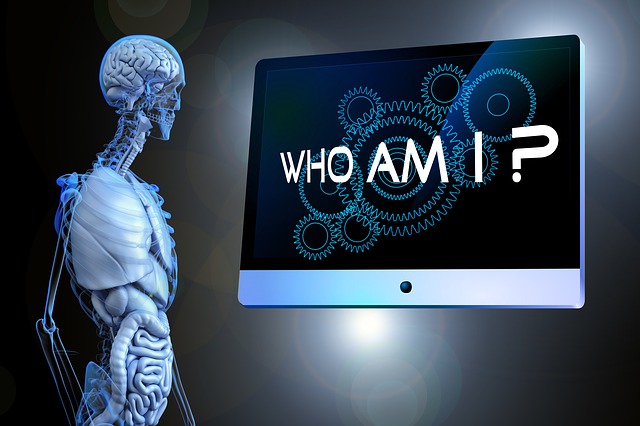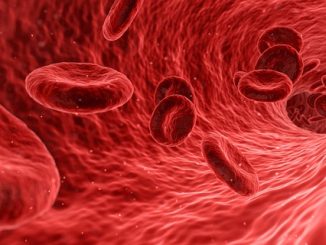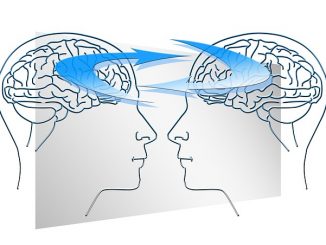
Found to inhabit humans are unfamiliar microbes whose presence in our bodies were unknown to scientists…until now. Researchers from the Stanford University who studied blood DNA samples of immunocompromised individuals released their findings in the Proceedings of the National Academy of Sciences of the United States of America. The human microbiome, the collection of genes of all microbes, is richer and more diverse than previously thought.
The researchers stumbled upon this discovery when they first made a study in 2013 about transplant rejection. An organ from a donor is considered foreign entity by the recipient’s body and triggers the immune system to act up. This leads to rejection and death, and to stop this from happening, patients take drugs to suppress their immune system.
Transplant rejection is normally studied through tissue biopsy but researchers used a different approach. They analyzed the DNA composition of 1,351 blood samples from 156 transplant patients and 32 pregnant women. (All subjects were classified as immunocompromised—transplant patients were on immunosuppressive drugs while pregnant women, for some unknown reason, also had an impaired immune system.) DNA fragments from the organ donor were seen and this pinpointed with certainty to signs of rejection.
One thing that surprised the researchers though is that 99% of the non-human DNA in the blood samples had no matches to known organisms. Mark Kowarsky, first author and a member of the Stanford team, continued investigating these “mystery DNA” fragments and found out that these were associated with new types of proteobacteria and torque teno viruses.
The proteobacteria group is one of the largest and most diverse among bacteria; common pathogens Escherichia and Salmonella are under this group. On the other hand, torque teno virus (TTV) is a family of viruses found in patients with liver disease and immunocompromised patients-though strong links to any disease are not fully established. Those TTVs known are either of the human-infecting or animal-infecting types. The newly discovered ones, however, do not resemble to any of these two and appear to be of another kind.
There are no shortages on studies done on the human microbiome but specimen are mostly taken from the skin, nose, mouth, colon or vagina. Compared to blood which has a more intimate access to the body’s interior, the Stanford researchers believe that the usual sources give limited perspective on the range of microbes residing in our bodies.
In the future, the researchers are also aiming to study blood samples of other organisms and get a better view of their microbiome.
“There’s all kinds of viruses that jump from other species into humans, a sort of spillover effect, and one of the dreams here is to discover new viruses that might ultimately become human pandemics,” says Stephen Quake, Stanford professor and senior author. Having more knowledge and a larger understanding of what infections can be when they acquired by humans from other organisms can certainly benefit doctors and infection specialists to better manage and track future outbreaks.
Disclaimer: This page contains affiliate links. If you choose to make a purchase after clicking a link, we may receive a commission at no additional cost to you. Thank you for your support!




Leave a Reply